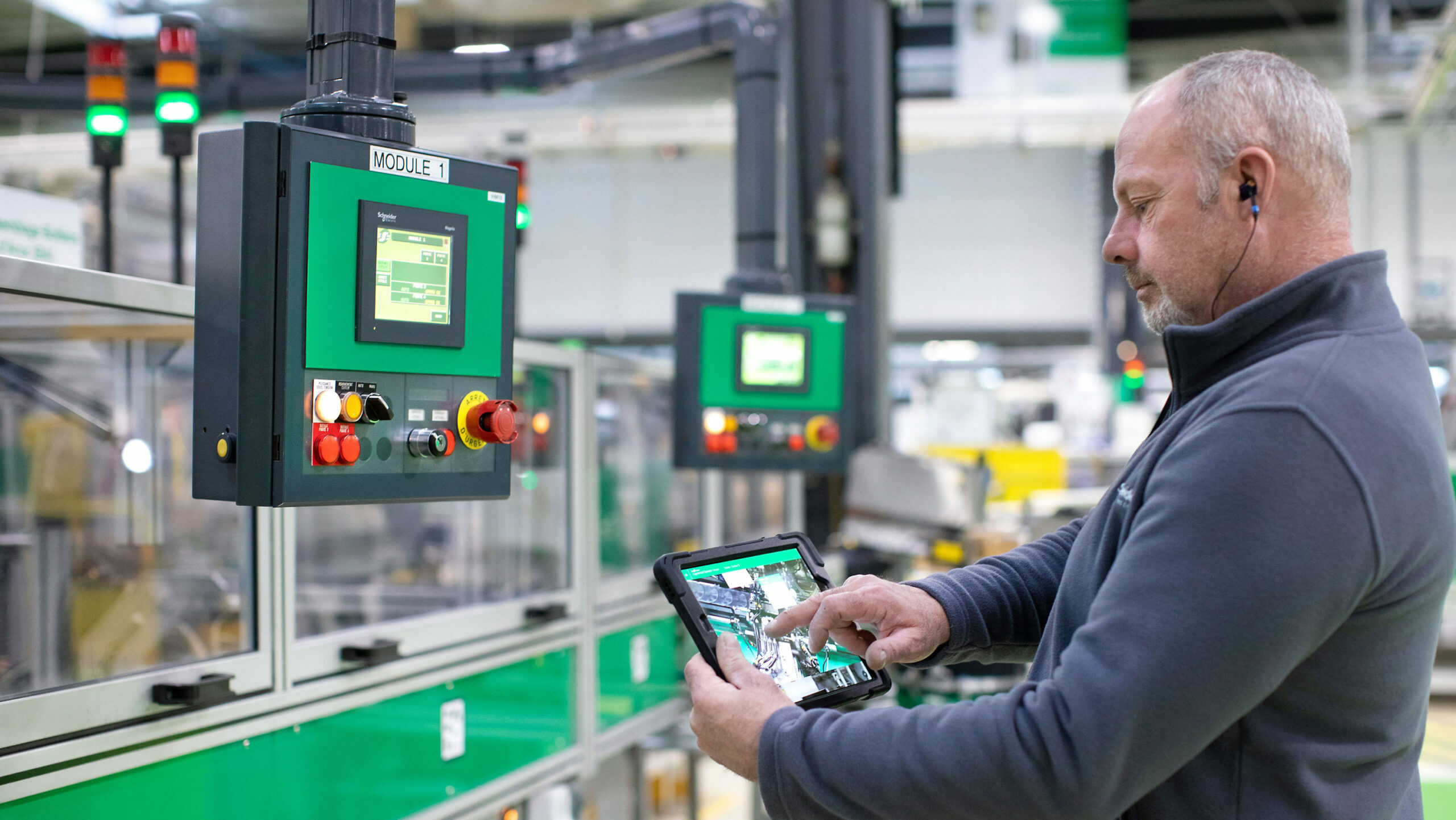In line with the VDMA Building Automation Initiative, Schneider Electric relies on digital energy efficiency technologies to enable socially and economically compatible climate protection.
Digital building automation is an essential technology for green and therefore sustainable real estate operation. This is what the VDMA Automation + Management for House + Buildings (AMG) association has done in “Building Automation”. Branches. The “Standard” formulates and refers in particular to the potential of intelligent and automated building functions to achieve active energy efficiency. Since about 26% of global energy-related CO2 emissions result from buildings, energy efficiency measures in this area make a special contribution to achieving global climate protection goals. At the same time, modern and digital building automation increases the attractiveness of the building for residents, operators and investors – thus creating significant economic added value.
Digital transformation makes the energy transition economically attractive
“When it comes to climate protection, the public debate is often very one-sided about energy production,” commented Markus Hettig, who serves as Vice President of DACH Buildings at Schneider Electric, responsible for topics such as building automation and energy efficiency, among others. Other. “For climate protection to be economically and socially acceptable, energy efficiency, that is, the consumption aspect, is no less important. With the support of digital technologies, we can already intelligently automate the building so that almost no energy is wasted. This has a huge environmental and economic impact.”
For Hettig and Schneider Electric, as active supporters of the VDMA initiative, it is clear that greater social and political attention is needed to issues such as building automation and energy efficiency in the spirit of the energy transition. It will only succeed if the energy transition is recognized not as a burden, but as an attractive economic project.
The good thing: “Digital building automation technologies are all available. In contrast to passive energy efficiency measures, they can be easily modified and adjusted almost anywhere,” stresses energy expert Hettig. “It's not about turning everything upside down. It's about making things smarter. This can be achieved through the necessary data transparency and a comprehensive approach to needs-based organization of all processes and functions.
More energy efficiency in the smart factory
In line with the VDMA's energy-efficient building automation initiative, Schneider Electric Technology Group has been a leader in digital energy efficiency technologies for several years. They are used not only by customers around the world, but also on the company's own sites. For example, in the smart factory in Le Vaudreuil, France, which has been recognized as a “Beacon of Sustainability” by the World Economic Forum. Not only have production processes been digitally optimized, but – since around 50 percent of total energy consumption is accounted for by building operation alone – the automated control of building functions has also been digitally optimized using 160 data points.
The result: By reducing annual energy consumption from 11,361 MWh to just 8,039 MWh, carbon dioxide emissions can be reduced by more than 30 percent. All this while increasing production volume, flexibility and elasticity.
More information at: www.se.com
Source: Schneider Electric

“Total coffee aficionado. Travel buff. Music ninja. Bacon nerd. Beeraholic.”








More Stories
Wealthy families take more risks when it comes to money.
Salesforce and NVIDIA Form Strategic Collaboration to Drive AI Customer Innovation
Changing banks causes problems for customers